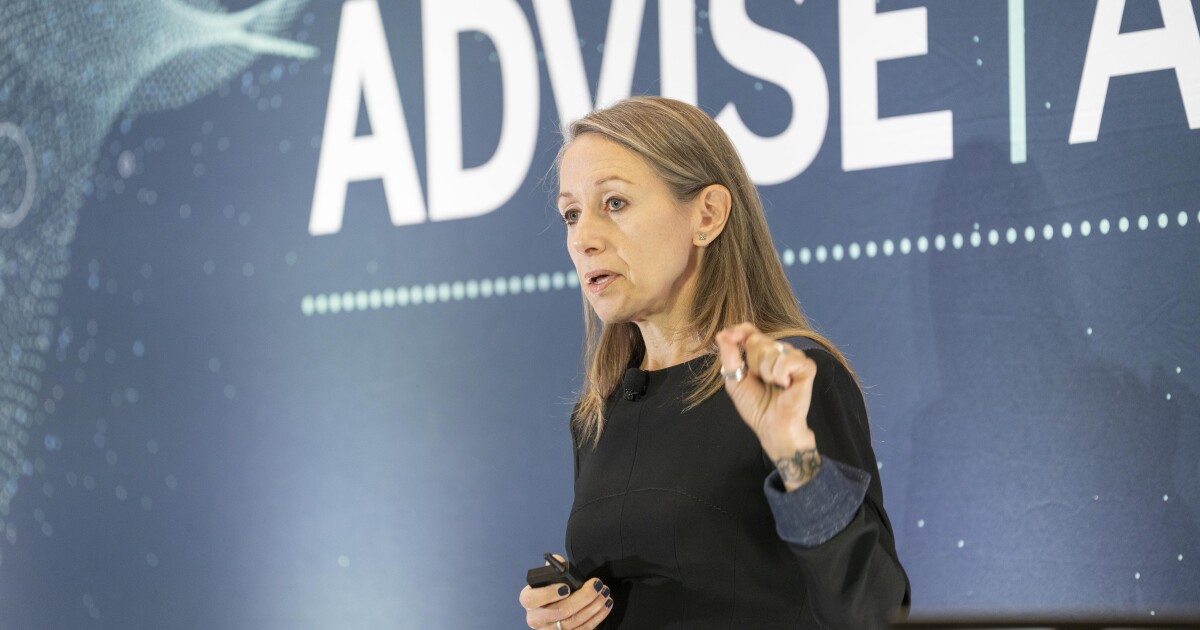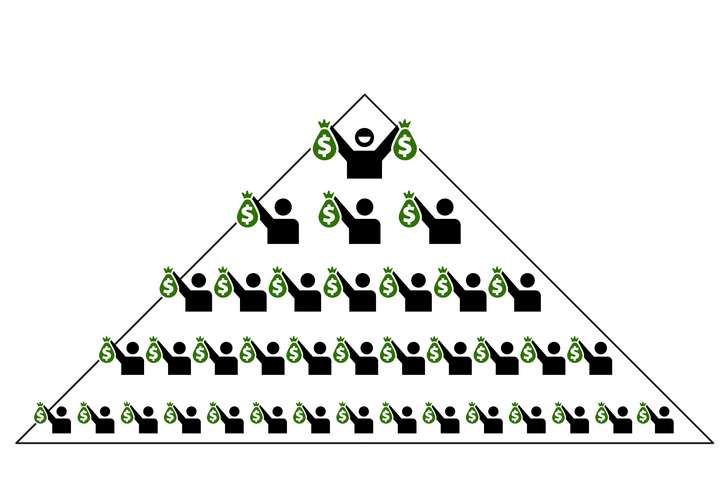Edward Jones reported Friday that net client household growth continued to slow in the third quarter. The firm added 24,000 new client households in Q3, down 55% over the same period last year.
Despite sluggish client growth, the St. Louis-based wealth manager reported $17 billion in net new assets for the period, up 6% year over year. Total client assets under care were $2.4 trillion at the end of the quarter, up 11% year over year.
That growth aligns with Edward Jones’ broader strategy to focus on wealthier clients. Earlier this year, the firm launched Edward Jones Generations, a specialized service for individuals and families with $10 million or more in investable assets.
The program provides an expanded suite of sophisticated offerings, including tax planning, estate and business succession strategies, cash-flow modeling and philanthropic consulting. Participants also gain access to alternative investments, such as private equity, private credit and private real estate — asset classes increasingly prioritized by large wealth managers seeking portfolio diversification and enhanced returns.
This focus on high net worth clients follows a policy change announced last fall, when Edward Jones updated its fee structure for accounts over $250,000. Under the new model, qualifying clients can receive comprehensive financial planning for a flat annual fee of $3,600, enabling the firm to offer more holistic, in-depth advice to those with significant assets.
The firm is also advancing plans to launch its own Utah-chartered, FDIC-insured industrial loan company, aimed at strengthening its banking services for clients. Since filing its application with the Utah Department of Financial Institutions in April, Edward Jones has named key executives for the proposed bank, established a board of directors and completed the field examination phase with both Utah’s banking regulator and the FDIC’s Kansas City Regional Office.
Increased expenses continue to eat away at income
The company reported $4.5 billion in revenue for the quarter, up 11.4% from the previous year. Fee revenue specifically, up 14.3% year over year to $3.9 billion, helped drive revenue growth.
“The increase in fee revenue was primarily due to increases in advisory programs with higher average market levels and the continued investment of client dollars into advisory programs,” the company wrote in its filing.
Despite revenue wins, net income was down 7.9% to $575 million due to increased operating expenses.
Total operating expenses were up 12.6% year over year, to $4 billion. Compensation costs were the biggest contributor to that figure, with compensation and benefits expenses up 14% from the same period last year.
“Financial advisor compensation and benefits increased primarily due to an increase in revenues on which commissions are earned,” the company wrote. “Home office and branch compensation and benefits increased primarily due to higher average wages and increases in healthcare costs.”
With advisor attrition up, EJ announces new ownership structure
Edward Jones added nearly 550 advisors since the same period last year, bringing its total headcount to 20,429 for the quarter. Meanwhile, attrition rose sharply to 6.1%, up 30% year over year.
In its latest filing, the company wrote that the attrition rate was a “result of a variety of factors, including a rise in financial advisor departures with tenure of five years or less.”
On Wednesday, the company announced in a filing with the SEC that it plans to reshape associate ownership with the creation of two new tiers of limited partners: Class A and Class B.
While details on the new plan are sparse, experts say the new class structure is likely intended to be an attraction and retention tool for Edward Jones.
“As context, it’s important to remember that as of December 2024, there were nearly 33,000 limited partners and only 553 general partners,” said Shelby Nicholl, the founder of advisor consulting firm Muriel Consulting. “The new share class seems to give the firm the optionality to reward high performers without expanding general partnership headcount.”




























